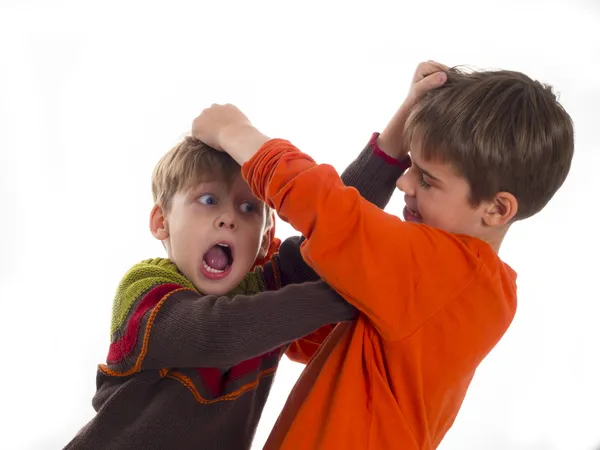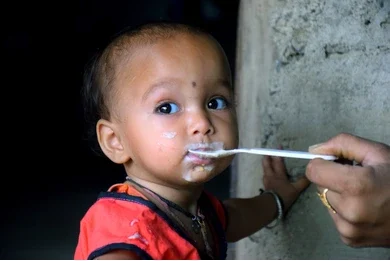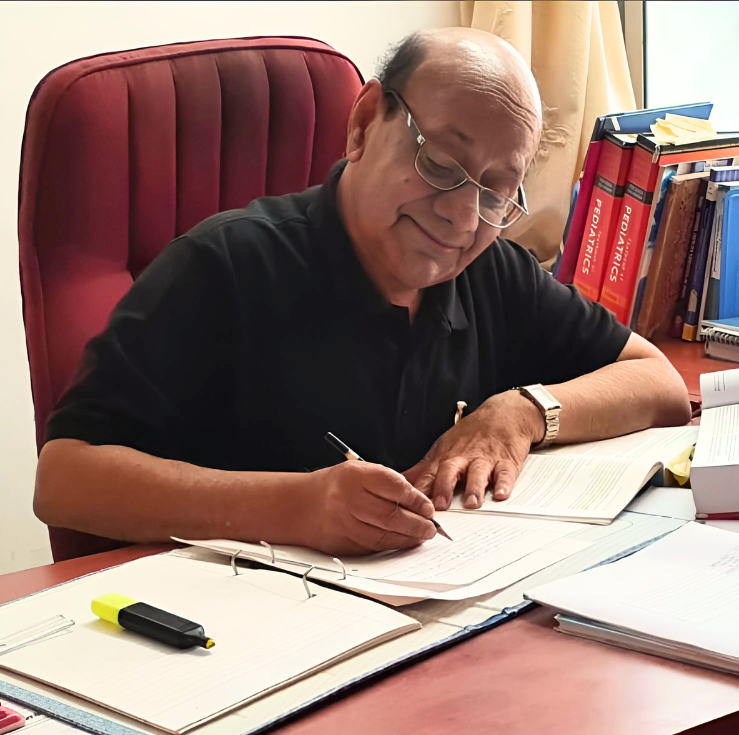School Safety: Are We Leaving Our Children to Fate?
#10 Accidents in schools can often be prevented. However, when they do occur, it’s crucial to handle them systematically. The safety of children within school premises is ultimately the responsibility of the school management. Yet, when everyone is considered responsible, it can lead to a situation where, effectively, nobody feels accountable. That’s why responsibility needs to be assigned to specific individuals. Designating a Child Safety Officer Every school should appoint a “Child Safety Officer” from among the teaching staff. This person should be well-versed in safety rules and management protocols. They would not only lead their own team but also work alongside the Principal, class teachers, and student monitors to foster a culture of safety. Together, they can organize child safety and first aid training sessions for teachers, parents, and students. Ensuring Safe Handovers and Monitoring At the school gate, a responsible staff member should oversee the handover of students to their guardians. It’s essential to verify the identity of the person picking up the child and to document any suspicious activities. This includes collecting information about taxi and auto drivers, such as their names, addresses, and phone numbers. For school buses, strict adherence to safety rules is non-negotiable. Visibility and Preparedness While on school premises, children should always be within the line of sight of responsible adults. A first aid kit should be readily available at a designated spot. Any incidents should be documented thoroughly, including detailed descriptions and signatures from witnesses. Furthermore, a notice board should display emergency contact numbers for the Child Safety Officer, Principal, administration, doctors, ambulances, fire stations, and police. In the case of a medical emergency, having a nearby doctor on call, along with a written agreement regarding fees and consent from parents for treatment, is essential. Addressing Child Abuse and Safety Issues Child abuse is a serious issue that requires a proactive and planned approach. This involves identification, prevention, and corrective measures. Abuse can take many forms—physical, sexual, psychological, or neglect. Schools should ensure that children are never out of sight of staff members, and efforts should be made to avoid isolated areas. Any external labor should be supervised directly by designated school staff, with proper identification recorded. Corporal punishment has no place in our schools; it’s a crime. Children tend to behave well when they know they will be appreciated, rather than out of fear of punishment. Any suspicion of abuse should be documented and reported immediately. Behavioral issues, mental health problems, and incidents of bullying, fighting, or addiction must not be overlooked. Special considerations for the safety of handicapped children are also essential. The Urgency for Action Currently, it seems that no one is taking the safety of school children seriously—neither parents, schools, communities, nor the government. Children are often left at the mercy of fate. It’s time for action, not just discussion. Let’s prioritize the safety and well-being of our children before it’s too late. – Dr. Anil Mokashi (Pediatrician)MBBS, MD, DCH, FIAP, PhD (Child Growth and Development)
School Safety: Are We Leaving Our Children to Fate? Read Post »








